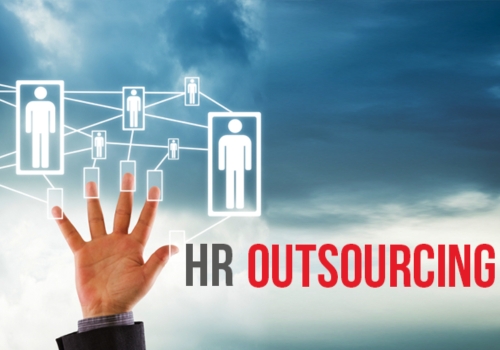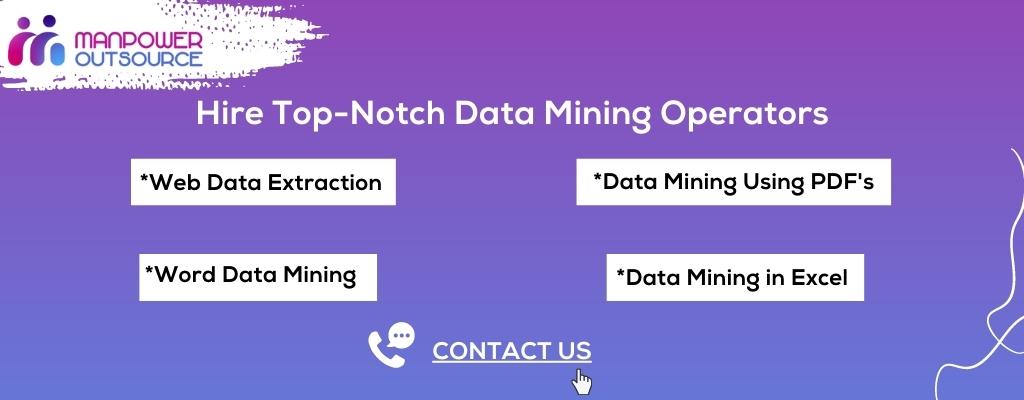Are you tired of managing your human resources all by yourself? Do you wish to outsource this crucial aspect of your business but aren’t sure where to begin? Well, fret not! Choosing the right HR outsourcing company can be a daunting task, but it’s essential for the smooth functioning of your organization. In this blog post, we’ll provide practical tips that will help you sort through the plethora of options available and select the best HR outsourcing company for your needs. So, grab a coffee and let’s dive in!
Benefits of Hiring an HR Outsourcing Company
When it comes to human resources, most businesses find it beneficial to outsource this area of their operation. HR outsourcing companies offer a number of advantages and benefits that can be extremely helpful to businesses, both large and small. Perhaps the most obvious benefit of outsourcing HR is the fact that it can save the company a significant amount of money. By outsourcing HR functions, businesses can avoid the costs associated with maintaining an in-house HR department, including salaries, benefits, and overhead expenses.
In addition to saving money, another key advantage of outsourcing HR is that it can help businesses to improve their overall efficiency and effectiveness. When businesses outsource HR functions, they are able to focus more on their core competencies and day-to-day operations. This can lead to improved efficiency and productivity within the company. Additionally, by partnering with a reputable and experienced HR outsourcing firm, businesses can gain access to best practices and insights that they may not have otherwise had access to.
Tips to Choose the Best HR Outsourcing Company

Human resource outsourcing is becoming increasingly popular among small and medium businesses. It can be a great way to reduce costs and improve efficiency. But how do you choose the right HR outsourcing company?
There are a few things to consider when choosing an HR outsourcing company. Here are some tips:
#1. Services offered: Make sure the company offers the services you need. For example, if you’re looking for help with payroll, make sure the company offers payroll services.
#2. Costs: Compare the costs of various HR outsourcing companies. Be sure to compare apples to apples, though – don’t just focus on the bottom-line cost. Also, consider things like hidden fees and long-term contracts.
#3. Experience: Choose a company that has experience in your industry or sector. They’ll be better able to understand your specific needs and requirements.
#4. References: Ask for references from past clients. This will give you a good idea of the company’s quality of work and customer service levels.
#5. Philosophy and values: Make sure that the company’s values align with your own. This will make it easier to build a strong working relationship.
#6. Quality of their services: Review the company’s past projects and clients to get an idea of the quality of their work. If possible, speak to some of their past clients to get first-hand feedback.
Questions to Ask Before Hiring an HR Outsourcing Company
Before hiring an outsourcing company, it’s important to ask the right questions to ensure you’re making the best decision for your business. Here are some key questions to ask:
- What services can the outsourcing company provide?
- What is the company’s experience in providing these services?
- What are the company’s core competencies?
- How will the outsourcing company fit into your existing business model?
- What are the financial terms of the agreement?
- What is the company’s reputation?
- How well do they communicate and what methods do they use?
- What happens if there are problems with the service provided?
- Are there any hidden costs?
Tips for Assessing the Qualities of an HR Outsourcing Agency
When looking for an HR outsourcing agency, here are some tips to keep in mind to ensure you are choosing the best possible option:
- Research the agency thoroughly – read online reviews, speak to other companies who have used their services, and get a comprehensive overview of what they offer.
- Make sure they are accredited and have a good reputation within the industry.
- Ask about their specific experience and expertise in HR outsourcing.
- Find out what their process is for matching clients with the right outsourced HR solution.
- Get a detailed quote that outlines all costs associated with their services.
- Make sure they offer a solid support system and guarantee satisfaction with their services.
Conclusion
Taking the time to research and find the best HR outsourcing company for you can be a profitable decision that will help your business succeed. By taking into account their experience with similar businesses, compliance standards, customer service offerings, and costs of services, you’ll make sure you select an HR vendor who understands your needs as a business and meets all requirements. With these tips in mind, we hope that finding the best HR outsourcing company for your organization has become a much simpler task.



























